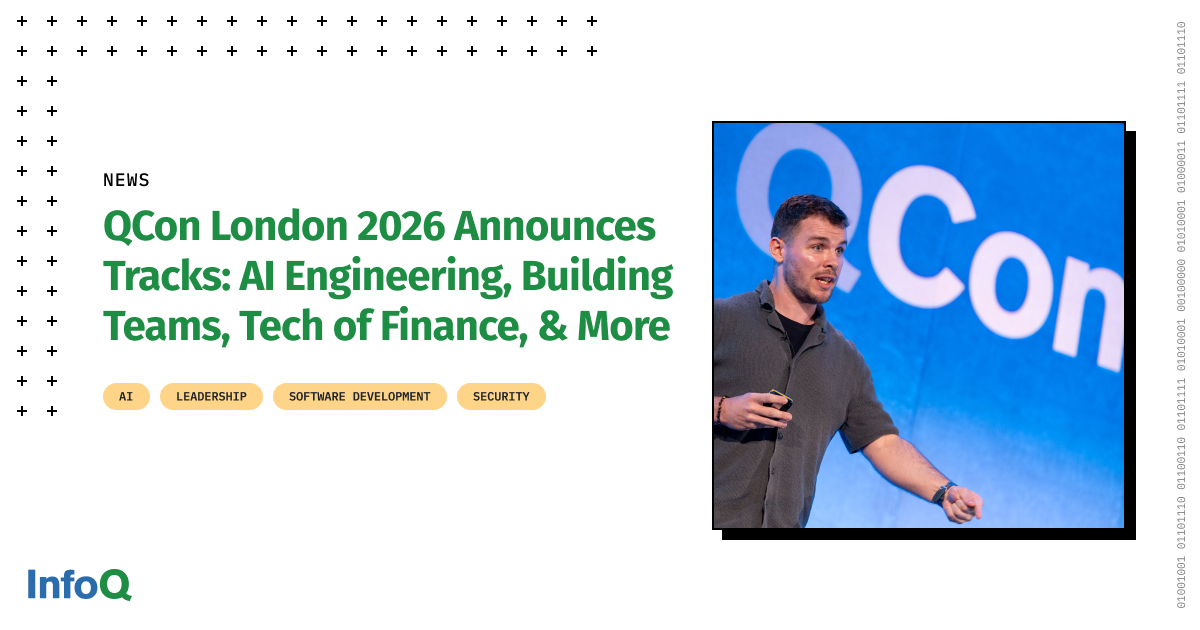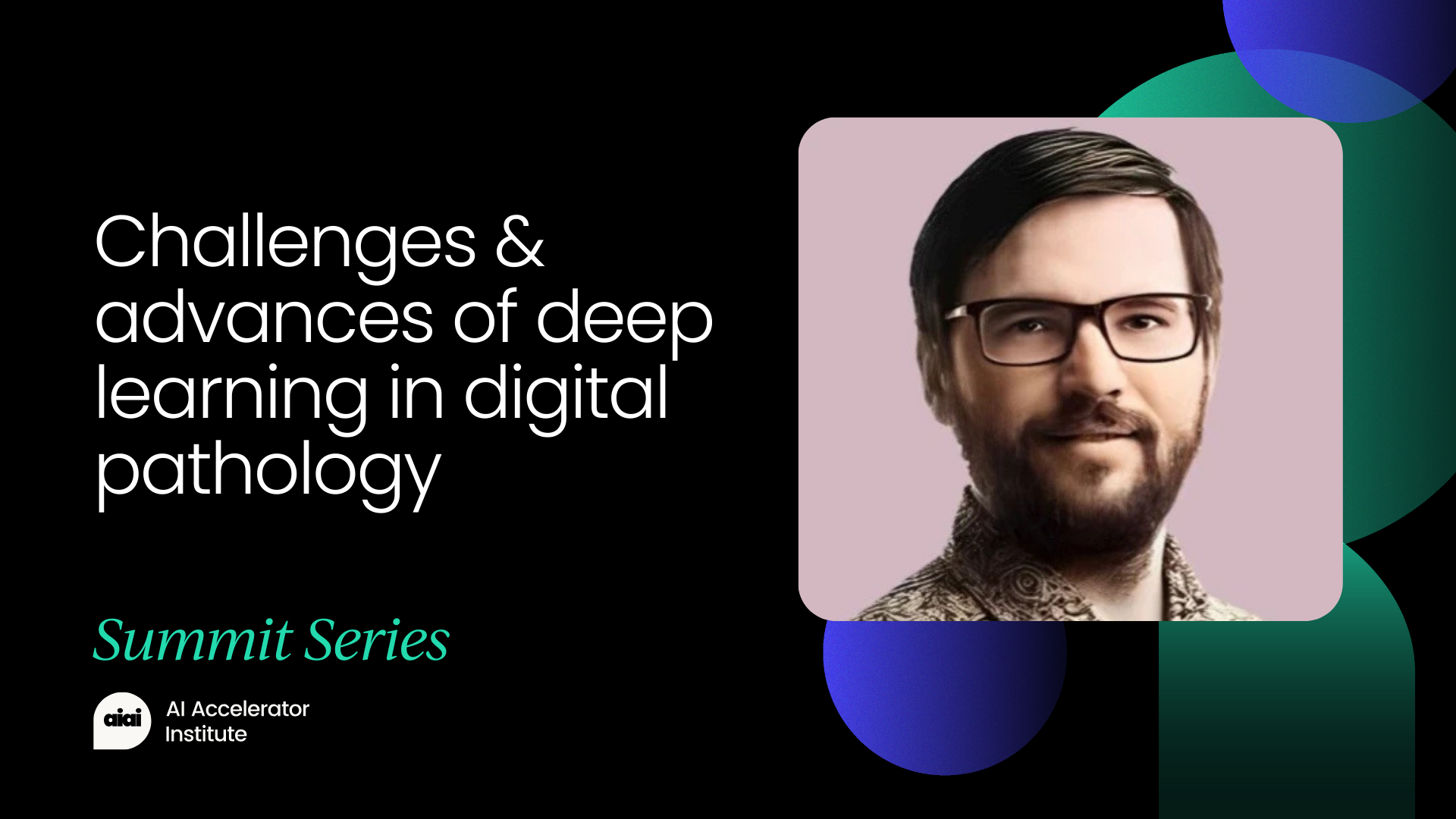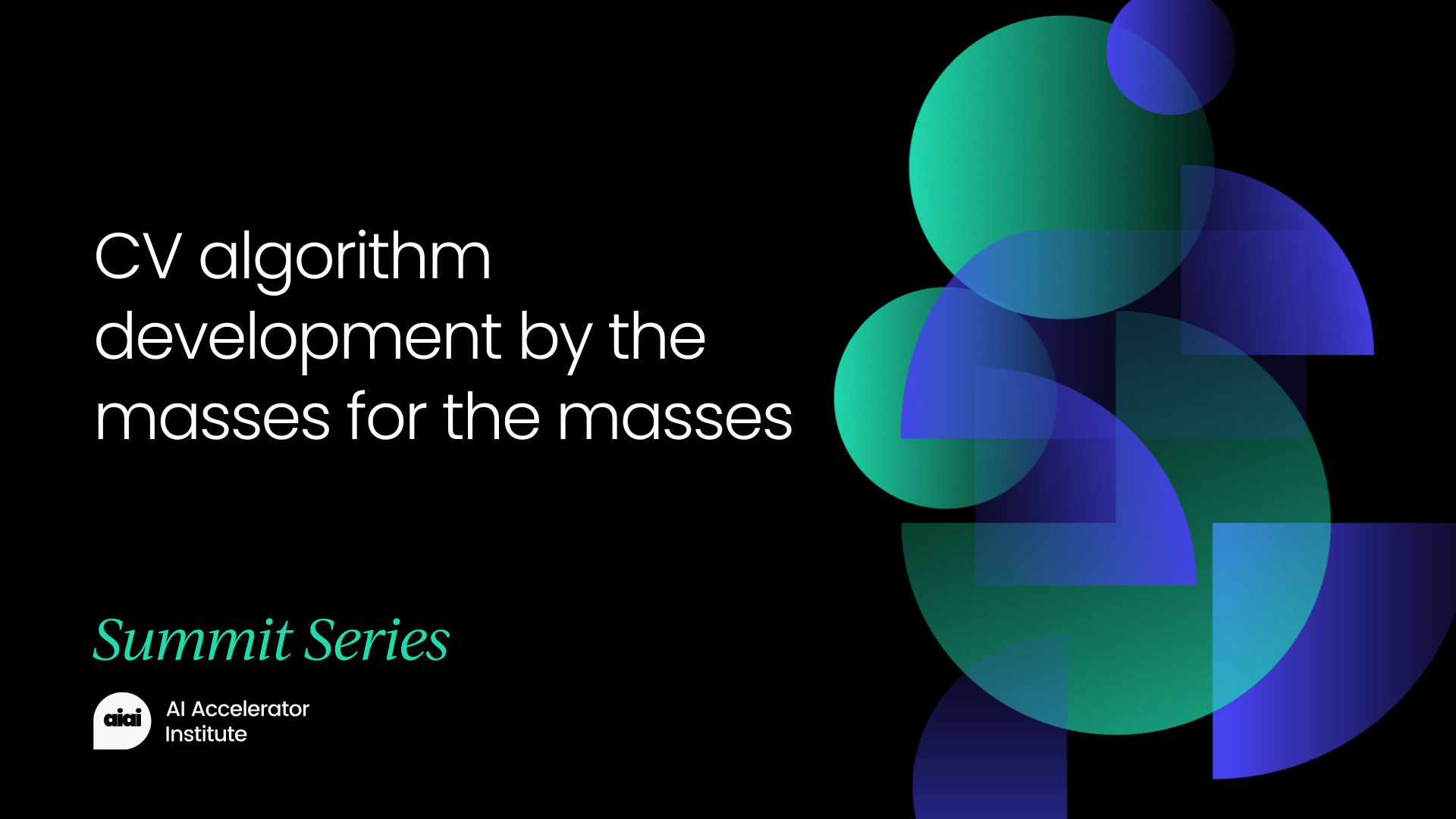Building LAW-T: Creating a Time-Native Programming Language from Scratch
PositiveArtificial Intelligence
During Hacktoberfest 2025, a developer created LAW-T, a groundbreaking programming language that incorporates cryptographic timestamps for every line of code. This innovation ensures perfect reproducibility, making it a significant advancement in the field of programming. By focusing on time-native features, LAW-T could change how developers approach coding, enhancing security and reliability in software development.
— Curated by the World Pulse Now AI Editorial System

![[Boost]](https://media2.dev.to/dynamic/image/width=800%2Cheight=%2Cfit=scale-down%2Cgravity=auto%2Cformat=auto/https%3A%2F%2Fdev-to-uploads.s3.amazonaws.com%2Fuploads%2Fuser%2Fprofile_image%2F3592439%2Fd307ff5b-467d-41bc-9f2d-9afcbe72ac59.jpeg)









